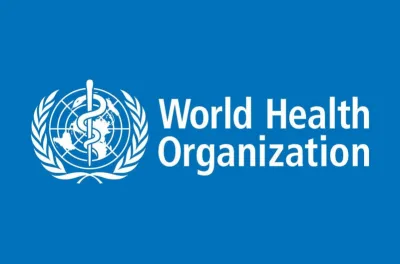
Today the World Health Organization (WHO) published the new editions of the Model Lists of Essential Medicines (EML) and Essential Medicines for Children (EMLc) which include important new medicines for the treatment of multiple sclerosis, cancer, infectious diseases, and cardiovascular conditions, among others. The updated Model Lists aim to facilitate greater access to innovative medicines that show clear clinical benefits. These treatments could have a very large public health impact globally without jeopardizing the health budgets of low- and middle-income countries.
For over 40 years, countries all over world have relied on the WHO Essential Medicines List as a definitive, evidence-based guide the most important medicines for delivering the biggest health impact. Rising prices and supply chain disruptions mean that all countries now face increasing problems in ensuring consistent and equitable access to many quality-assured essential medicines. WHO is committed to supporting all countries to overcome these obstacles to increase access with equity.Dr Tedros Adhanom Ghebreyesus, WHO Director-General.
For the 2023 update, 85 applications, encompassing over one hundred medicines and formulations, were considered by the WHO Expert Committee on Selection and Use of Essential Medicines. The recommended changes bring the total number of medicines on the EML and EMLc to 502 and 361, respectively.
Full details of the Expert Committee’s recommendations, describing the additions, changes and removal of medicines, and decisions not to recommend medicines are available in the Executive Summary here.
The List is an important tool for achieving universal health coverage, providing guidance to governments, health facilities and procurers on which medicines are the best value in terms of benefits for individuals and communities. The EML includes medicines only on the basis of solid evidence for safety and efficacy. Approved indications within national jurisdictions or the availability of on-label alternatives is not a decision criterion.Secretariat of the WHO EML, Dr Benedikt Huttner.
The updated Essential Medicines Lists include 24 new medicines for adults and 12 new medicines for children and specify new uses for 16 already-listed medicines. New formulations of 19 medicines on the EML and 48 medicines on the EMLc have been added. The changes recommended by the Expert Committee bring the number of medicines deemed essential to address key public health needs to 502 on the EML and 361 on the EMLc. While these numbers may seem high, they are only a small proportion of the total number of medicines available on the market.








